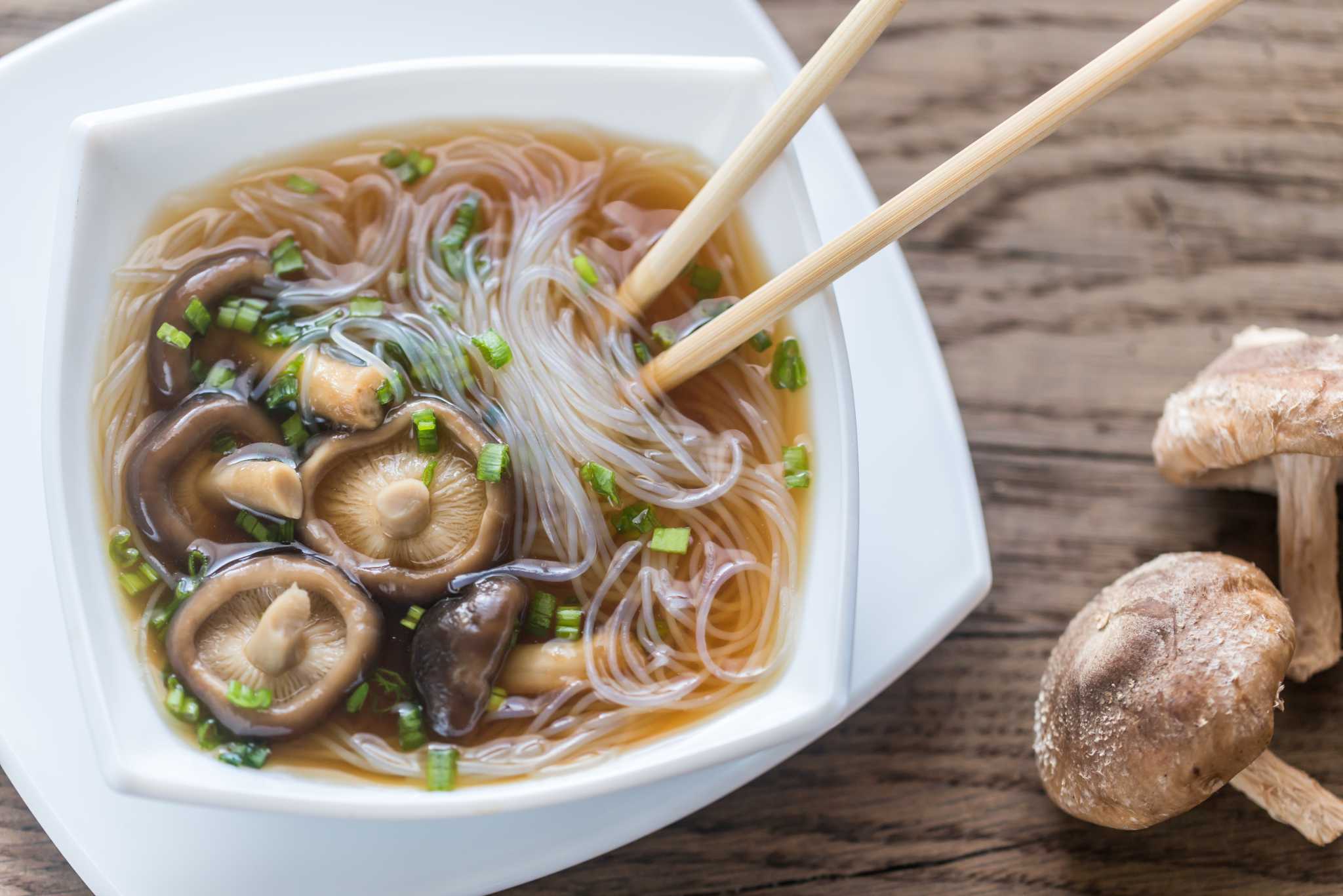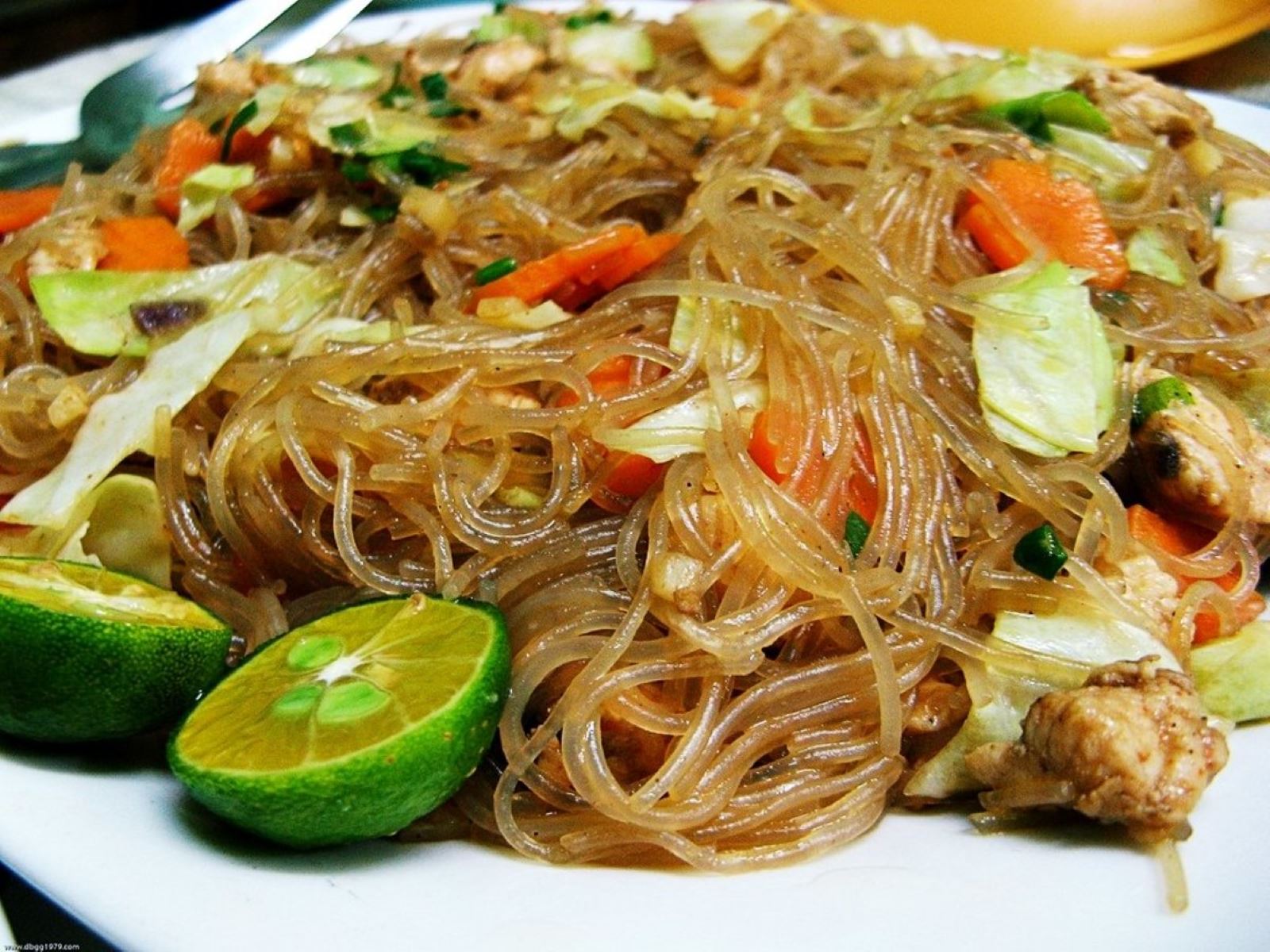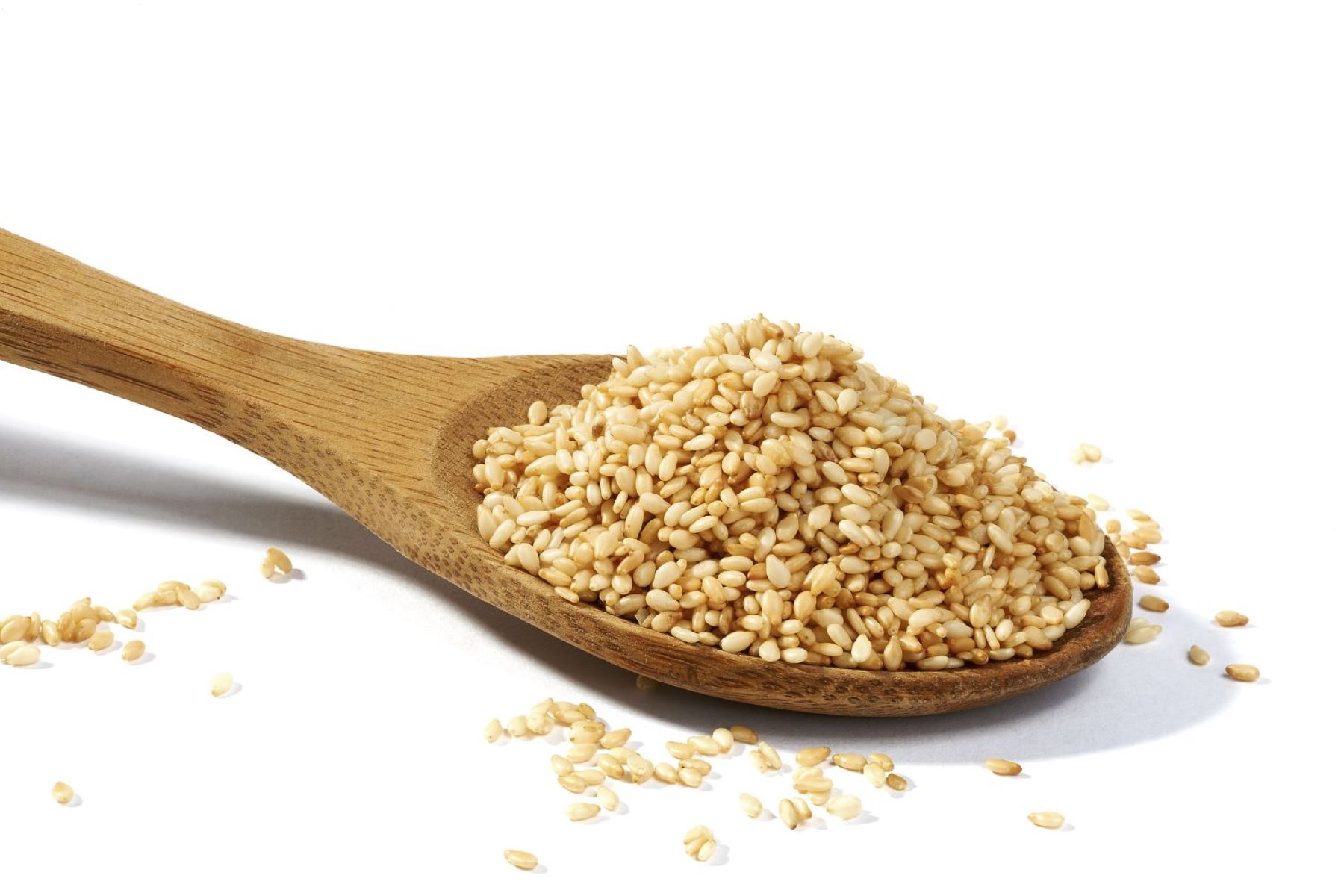Home>Furniture & Design>Interior Design Trends>How Many Carbs In Glass Noodles


Interior Design Trends
How Many Carbs In Glass Noodles
Published: February 6, 2024
Discover the latest interior design trends and find out how many carbs are in glass noodles. Stay updated on the hottest styles and noodle nutrition.
(Many of the links in this article redirect to a specific reviewed product. Your purchase of these products through affiliate links helps to generate commission for Storables.com, at no extra cost. Learn more)
What are Glass Noodles?
Glass noodles, also known as cellophane noodles or bean thread noodles, are a type of transparent noodle made from starch, typically mung bean starch or sweet potato starch. These noodles are a staple in various Asian cuisines, including Chinese, Korean, Thai, and Vietnamese. The unique feature of glass noodles lies in their translucent appearance when cooked, resembling glass or crystal, hence the name.
These noodles are prized for their delicate and springy texture, making them a versatile ingredient in a wide range of dishes. They are often used in soups, stir-fries, spring rolls, and salads, adding a delightful chewiness and absorbing the flavors of the accompanying ingredients.
Glass noodles are naturally gluten-free, making them suitable for individuals with gluten sensitivities or those following a gluten-free diet. They are also low in fat and calories, making them a popular choice for those seeking lighter and healthier meal options.
In addition to their culinary applications, glass noodles are valued for their quick cooking time, making them a convenient choice for busy home cooks. Their neutral flavor profile allows them to pair well with various seasonings, sauces, and proteins, offering endless possibilities for creating delicious and satisfying meals.
Overall, glass noodles are a beloved component of Asian cuisine, celebrated for their unique texture, versatility, and suitability for diverse dietary preferences. Whether used in traditional recipes or innovative culinary creations, these translucent noodles continue to captivate food enthusiasts with their delightful qualities and culinary potential.
Key Takeaways:
- Glass noodles are a versatile, gluten-free ingredient with low calories and moderate carbs. They offer a unique texture and can be enjoyed in various dishes, making them a popular choice for healthier meal options.
- To enjoy glass noodles on a low-carb diet, pair them with plenty of vegetables and lean protein, control portion sizes, and incorporate them into broth-based soups or cold noodle salads. This allows for a satisfying culinary experience while managing carbohydrate intake.
Read more: How Many Carbs Are In A Glass Of Milk
Nutritional Information of Glass Noodles
Glass noodles are prized not only for their delightful texture and culinary versatility but also for their nutritional attributes. Understanding the nutritional composition of glass noodles is essential for making informed dietary choices and incorporating them into balanced meal plans.
Calories and Macronutrients
Glass noodles are notably low in calories, with a 1-cup serving containing approximately 160 calories. This makes them an appealing option for individuals seeking lighter meal alternatives. In terms of macronutrients, a single serving typically provides around 40 grams of carbohydrates, 6 grams of protein, and minimal fat content. The moderate protein content can contribute to satiety and muscle maintenance, while the low fat content aligns with various dietary preferences.
Micronutrients
In addition to macronutrients, glass noodles offer micronutrients that contribute to overall health and well-being. They are a good source of iron, an essential mineral that supports oxygen transport in the body and helps prevent anemia. Furthermore, glass noodles contain small amounts of calcium, which is crucial for bone health, and potassium, an electrolyte that aids in fluid balance and muscle function.
Dietary Fiber
One notable aspect of glass noodles' nutritional profile is their relatively low dietary fiber content. While fiber is an important component of a balanced diet, it's essential to be mindful of the fiber content in glass noodles, especially for individuals seeking high-fiber meal options. However, this characteristic also makes glass noodles a suitable choice for individuals with specific dietary requirements, such as those following low-fiber diets due to medical conditions.
Read more: How Many Carbs Is A Glass Of Chardonnay
Sodium Content
When incorporating glass noodles into meals, it's important to consider their sodium content. While the exact sodium content can vary among different brands and preparations, being mindful of sodium intake is crucial for individuals managing their salt consumption for health reasons.
Understanding the nutritional information of glass noodles empowers individuals to make informed choices when integrating these noodles into their diets. Whether used in traditional Asian recipes or innovative culinary creations, the nutritional attributes of glass noodles contribute to their appeal as a versatile and satisfying ingredient in a wide range of dishes.
Carbohydrate Content in Glass Noodles
Glass noodles are renowned for their unique texture and culinary adaptability, but it's essential to delve into their carbohydrate content to gain a comprehensive understanding of their nutritional profile. Carbohydrates are a primary energy source for the body, and their presence in glass noodles plays a significant role in dietary considerations.
A 1-cup serving of glass noodles typically contains approximately 40 grams of carbohydrates. This carbohydrate content positions glass noodles as a moderate source of energy, making them a suitable component of balanced meal plans. The carbohydrates in glass noodles primarily consist of starch, which is broken down into glucose during digestion, providing fuel for bodily functions and physical activities.
The moderate carbohydrate content in glass noodles also contributes to their satiety factor, helping individuals feel satisfied after consuming a meal featuring these noodles. This attribute can be particularly beneficial for individuals seeking fulfilling and energy-sustaining meal options.
Furthermore, the relatively moderate carbohydrate content in glass noodles makes them a versatile ingredient for individuals managing their carbohydrate intake. Whether incorporated into traditional Asian dishes or modern culinary creations, the controlled carbohydrate content of glass noodles allows for flexibility in meal planning, catering to diverse dietary preferences and requirements.
It's important to note that the carbohydrate content in glass noodles can vary slightly based on factors such as portion size and specific preparation methods. However, overall, the moderate carbohydrate content aligns with the dietary needs of individuals seeking balanced and energy-sustaining meal options.
In summary, the carbohydrate content in glass noodles contributes to their role as a versatile and satisfying ingredient in various culinary applications. Understanding the carbohydrate content of glass noodles empowers individuals to make informed dietary choices and creatively incorporate these translucent noodles into a wide range of flavorful and fulfilling dishes.
How to Incorporate Glass Noodles into a Low-Carb Diet
Incorporating glass noodles into a low-carb diet requires strategic meal planning and creative culinary approaches. While glass noodles are not inherently low in carbohydrates, there are several innovative ways to enjoy them while managing carbohydrate intake.
1. Portion Control
Controlling portion sizes is a fundamental aspect of integrating glass noodles into a low-carb diet. By moderating the amount of noodles in a dish, individuals can enjoy the unique texture and versatility of glass noodles while effectively managing their carbohydrate consumption. Pairing a smaller portion of glass noodles with an abundance of low-carb vegetables and lean protein creates a balanced and satisfying meal.
Read more: How Many Carbs Is A Glass Of Merlot
2. Vegetable-Centric Dishes
Utilizing glass noodles in vegetable-centric dishes offers a low-carb approach to enjoying these translucent noodles. Creating vibrant stir-fries or refreshing salads with an emphasis on colorful, fiber-rich vegetables allows for a satisfying culinary experience with reduced reliance on noodles for bulk, thereby lowering the overall carbohydrate content of the dish.
3. Protein-Forward Combinations
Pairing glass noodles with protein-forward ingredients, such as grilled chicken, tofu, or shrimp, presents an opportunity to craft low-carb meals that are both nourishing and flavorful. By prioritizing protein and incorporating modest servings of glass noodles, individuals can savor the unique interplay of textures and flavors while maintaining a low-carb focus.
4. Broth-Based Soups
Incorporating glass noodles into broth-based soups allows for a comforting and low-carb dining experience. The noodles can be added to clear broths enriched with vegetables and lean proteins, offering a satisfying and nourishing meal option with controlled carbohydrate content.
5. Cold Noodle Salads
Crafting cold noodle salads with glass noodles, crisp vegetables, and a tangy vinaigrette provides a refreshing and low-carb culinary delight. This approach emphasizes the vibrant textures and flavors of the ingredients while minimizing the reliance on high-carb components, aligning with the principles of a low-carb diet.
By implementing these creative strategies, individuals can effectively incorporate glass noodles into a low-carb diet while savoring their unique qualities and culinary adaptability. These approaches not only cater to low-carb dietary preferences but also showcase the versatility of glass noodles in creating satisfying and flavorful meals that align with individual health and wellness goals.
Frequently Asked Questions about How Many Carbs In Glass Noodles
Was this page helpful?
At Storables.com, we guarantee accurate and reliable information. Our content, validated by Expert Board Contributors, is crafted following stringent Editorial Policies. We're committed to providing you with well-researched, expert-backed insights for all your informational needs.














0 thoughts on “How Many Carbs In Glass Noodles”